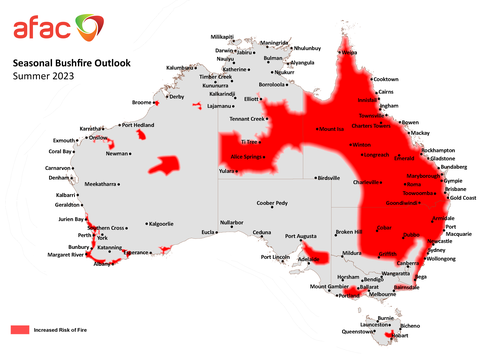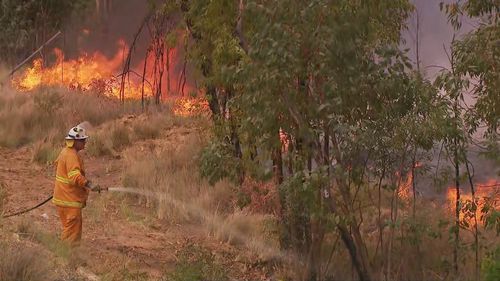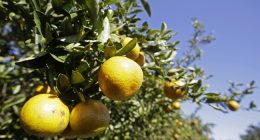The Australian and New Zealand National Council’s (AFAC) new bushfire outlook points to record hot and dry conditions in early spring, combined with three years of foliage growth fed by wet La Nina conditions.
Large areas of Queensland, New South Wales, and the Northern Territory, are particularly in the firing line.

But parts of Tasmania, Victoria, South Australia, and Western Australia, are also threatened.
“Australian fire agencies have had a busy start to the bushfire season, with many working in their communities and across state borders to respond to bushfires,” AFAC CEO Rob Webb said.
“Communities can stay safer and support our fire agencies by being prepared for bushfire this summer.”

People are urged to prepare their bushfire plan and discuss with their families how they will respond during a fire emergency.
“Wherever you live, work or visit this summer, know where to find bushfire information, prepare your property, and talk to your family and friends about what you will do in an emergency,” Webb said.
“Your local fire agency is the perfect place to find out exactly how to stay safe this summer.”

Adelaide hit with city’s wettest November day in nearly 60 years
Large areas of eastern, central and northern NSW are expected to see an increased risk of fire.
Several fires have spread aggressively through areas burnt during Black Summer, demonstrating these areas have regrown to the point they will no longer slow or inhibit the spread of fires under elevated conditions.
Rainfall over winter and spring has been significantly lower, which means above-average fire potential can be expected in eastern, western and central Victoria.
Tall, damp forests are expected to have lower fire potential until later in the summer due to underlying moisture and abundant green growth.
Queensland is forecast to remain under the influence of a positive El Niño through the late spring and early summer months.
A continuation of the intense late spring fire conditions into the summer months is likely for much of Queensland.
The drying fuels, forecast below-to-average rainfall and above-average temperatures are likely to bring locally intense bushfires across parts of Queensland as vegetation will remain flammable during early summer.
Dry conditions are likely to persist with above-average maximum temperatures expected.
Read Related Also: Several ESPN X accounts went silent after Disney’s advertising pause
Fuel dryness, especially in shrubland and forest fuels, and evaporative stress are above average for most of the state.
It is likely that SA will experience a longer fire danger season for broad areas of the state.
The northern rainfall onset for the Kimberley and Pilbara regions is expected to arrive later than normal due to the influence of El Niño conditions.
There were serious deficiencies in winter and spring rainfall for southern forested regions of WA, while the state’s mid-west experienced severe deficiencies including some areas showing the lowest rainfall on record.
For southern WA, existing rainfall deficiencies and warmer-than-average conditions will likely contribute to above-average fire danger for forest and shrubland areas during this period.
An area of the state’s south-east, which is currently much drier than usual, is assessed as having an increased risk of fire.
Expected lower-than-normal rainfall in early summer will see the drying trend continue and the area of heightened risk increase.
Property owners must prepare now.
Drying conditions continue to affect the Central Australia, Barkly, Lassiter and Tanami regions.
Average grass fuel loads, and increased fire scar coverage for the Top End, Katherine and Arnhem districts mean there is a normal fire potential for these regions.
Grass fuel loads in Central Australia and the Barkly region are a major driver for large, landscape-wide wildfires, with resources stretched thin for suppression and response.
An increased risk of fire will remain through summer.
Australian Capital Territory
There is a normal risk of bushfire expected for the ACT this summer.
The long-range outlook for summer predicts warmer conditions with average rainfall.
Fire agencies and land managers will continue to implement mitigation activities during summer, including prescribed burns where conditions allow.







